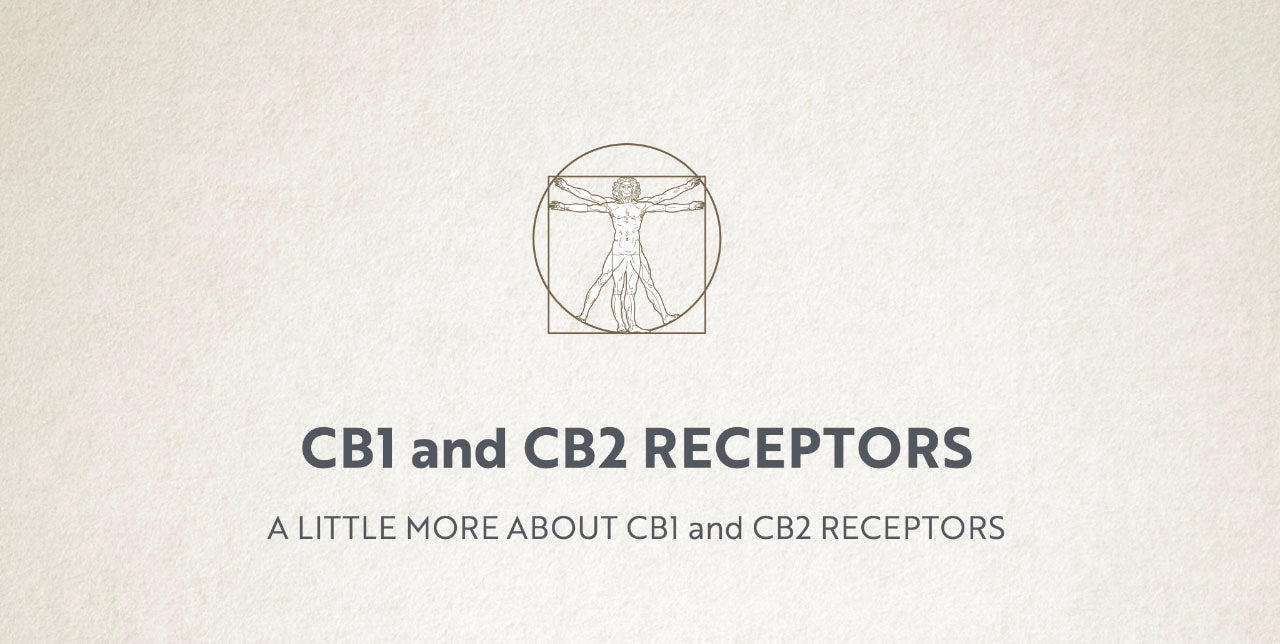CB1 and CB2 Receptors
Cannabinoid receptors are the most plentiful receptors in the body, more numerous than any other receptor system.
There are two types of cannabinoid receptors in our bodies: the CB1 receptor and the CB2 receptor. CB1 receptors are located throughout the nervous system. They sit on the part of the nerve that communicates with the next nerve. When CB1 receptors are activated, they slow the release of neurotransmitters.
On the other hand, CB2 receptors are primarily found in the immune system, specifically in organs and cells involved with a response. Some examples of CB2 receptor locations are the liver, the spleen, monocytes (cell), and macrophages (cell). For example, in autoimmune hepatitis, the CB2 receptor activation reduces inflammatory messengers called cytokines.
Endocannabinoids and phytocannabinoids bind and interact with each other and many other receptors in the body. Cannabinoids work with cannabinoid receptors like a lock and key. The receptors are the “locks,” and the cannabinoids are the “keys.” Once a cannabinoid receptor is engaged or “unlocked”, it sets off a process to slow down the nerve signal. How is the nerve signal slowed? Think of cannabinoids acting as a dimmer on a light switch. The ECS regulates the creation and sending of a message from one nerve to another. Different cannabinoid receptor interactions have different impacts on the body and help regulate several critical functions.
THC and your endocannabinoid system:
THC is the most abundant phytocannabinoid in cannabis. People often think of THC as being the psychoactive component of cannabis — the psychoactive effects of THC result from the activation of the CB1 receptors in the brain. Brain-receptor activity occurs throughout the cortex, midbrain, cerebellum, and spinal cord. THC can increase anxiety, slow reaction times, and impair memory when used too frequently or at too high a dose. Conversely, THC also has many positive effects, such as pain relief. It’s also been shown to improve cancer-related symptoms like increasing appetite, reducing nausea and vomiting and improving sleep.
CBD and your ECS:
CBD is the second most abundant phytocannabinoid found in cannabis. Unlike THC, CBD is a non-impairing cannabinoid. CBD has a higher affinity to bind to CB2 receptors and does not bind to the CB1 receptors like THC. CBD is also thought to interact with other receptors in your body, including the opioid, dopamine, and serotonin receptors. Because of its unique interaction with multiple receptors, CBD is known to improve the immune system and reduce inflammation, pain, depression, anxiety, and help with addiction. The cell receptors that make use of CBD and other cannabinoids are located all over the body, from primal parts of the brain to the recesses of the gut to the surface of the skin. This why CBD can be consumed in a variety of ways or through a variety of delivery methods.





